Original illustration by Emilie Majarian for The Mary Sue.
Welcome to ‘Ford, Give Me Strength’, a series where we’ll be watching and reviewing Harrison Ford movies in celebration of this fantastic actor, pilot, and human being. Check out last week’s review here.
So we’re back!
On a personal note, I’m really excited to be doing this—and even more thrilled that so many of you are as enthusiastic as I am about this series. I’ve been reviewing the bulk of Ford’s filmography over the past couple of weeks, and I’m realizing that in spite of my ever-evolving love for the man I’ve seen a woefully limited number of his movies—nay, a mere fraction compared to the cinematic excellence that has been so much of his career over the years.
There are some films I’ve seen several times, some I’ve seen only once, and some that I have yet to see—until now.
Take the next installment in this series, for example.
The Conversation (1974)
After the success of American Graffiti, Ford was getting pitched around as an actor to some pretty big names—and with good reason. It’s difficult to deny that he had (and still has, if I’m being honest) that illimitable it factor, that undefinable quality that so many Hollywood stars have been in possession of over the years.
And there was definitely something distinctive about Ford. Whether it was his swagger, his boyish-yet-rugged good looks or his ability to dissolve into a character is anyone’s guess. Maybe it was a combination of all three. Whatever it was, it was beginning to attract the attention of some big names in the industry.
One of those names? Francis Ford Coppola. Coppola, who was riding off the success of The Godfather (which had been released two years prior), decided to give Ford a role in his next two movies, The Conversation and another small indie film you may or may not know called Apocalypse Now. (I kid, I kid.)
Disclaimer alert: The Conversation is another of Ford’s early films that I had not seen before, so I wasn’t entirely sure what to expect. (The good news is that if you’re interested in watching it for yourself, it’s available to stream on Netflix.)
I was surprised to learn that the film was shot in San Francisco; the way that it’s shot allows the story to transcend location. I could just as easily imagine these characters in any major city, like Paris or London. Movies about spying and surveillance don’t necessarily have to rely on location. Their characters are watching each other, and we in turn are watching all of them. (Is that meta?)
There’s also some gratuitous shots of cool surveillance equipment from the 70s—the same equipment, coincidentally, that was used by members of the Nixon administration in the Watergate scandal.
The great part about The Conversation is that it evokes the same feelings you get when you watch any great spy movie.
There’s build-up and suspense, but those scenes are more frequently punctuated by moments of sadness—the main character, Harry Caul (played by Gene Hackman), spends his time watching other people but can’t stomach the thought of his own privacy being breached. Spying on others is how he earns livelihood, but when it comes to his own life Harry keeps his secrets close to the vest. He eavesdrops on conversations but doesn’t own a telephone. When the woman he’s seeing (Teri Garr) starts to inquire about basic information like where he lives and what he does for work, he accuses her of asking too many questions. He’s paranoid, insecure, twitchy—and ultimately lonely as a result.
(But I digress. You’re all here for the Ford part of the review, aren’t you?)
According to the research I did before watching this movie, Coppola had intended for Ford to only have a small, unnamed part—but Ford, believing that the character wasn’t quite fleshed-out enough on the page, decided to make him a little more… colorful during rehearsal. Although Coppola was initially taken aback by Ford’s creative choice, he came around to the idea and embraced it fully.
The result is what you see in the film, and he even gets a name: Martin Stett, a surprise of a supporting character who appears about 30 minutes in. By the time you get to that point, you’re already wholly invested in the story—or, at least, I was.
Compared to the role he had in American Graffiti, Martin couldn’t be any more different. He makes his own Christmas cookies and brings them to the office. He wears a flawlessly tailored silk suit. And he’s also gay—which was Ford’s decision, as you’ll recall.
It was an interesting choice for the time, but if I hadn’t encountered that fact while doing my research on this film I’m not sure I would have realized that Martin was supposed to be a gay man. The subtlety of Ford’s performance is likely the reason for that; he’s not exactly flamboyant or playing to a ridiculous stereotype.
Martin’s role may be seemingly innocuous in this movie—he’s the personal assistant to a man who has contracted Harry for his surveilling services—but to an increasingly paranoid Harry, he’s nothing short of a tormentor who continually appears out of nowhere. This is Ford in a role you’ve definitely never seen him in before, and it’s really interesting weighing this more subdued character against the slew of assertive macho-man parts he plays for decades after this film.
Now for the ratings:
Humor: Two out of five surveillance tapes. This is primarily a serious movie, but there’s some amusement to be garnered from the twinkle in Martin’s eye each time he knows he’s screwing with Harry.
World-saving: Zero out of five saxophone recordings. While his intentions might appear sinister, it turns out that Martin may only just be a seriously snarky dude.
Swoonworthiness: Three-and-a-half out of five Christmas cookies. Less swagger and more suave. He might not swing my way this time, but I’d be happy just to be on the receiving end of that smirk.
Overall “Ford-ness”: There’s no grumpiness here, no begrudging or grumbling. It’s still the early years of his career, so there’s time enough for us to get to the lovable malcontent we all know and would follow into the dark.
We’ve made it through number two! What do you think of The Conversation? Are there any spy movies of a similar age you would recommend? Feel free to share your thoughts in the comments. We’ll be listening to you.
(The Conversation images via Paramount Pictures)
Carly Lane is a writer based in New York City who specializes in obscure pop culture references and miscellaneous geekery. Her work has been featured on HelloGiggles, Obvi We’re The Ladies, Femsplain and more. You can find her on Twitter at @equivocarly.
Emilie Majarian is a UK-based freelance digital artist & illustrator. Her interests include Robert Frost poems, survival horror videogames, existential nihilism, and smooth jazz. You can find her on Tumblr, Twitter, Facebook, and deviantArt.
Do you follow The Mary Sue on Twitter, Facebook, Tumblr, Pinterest, & Google +?



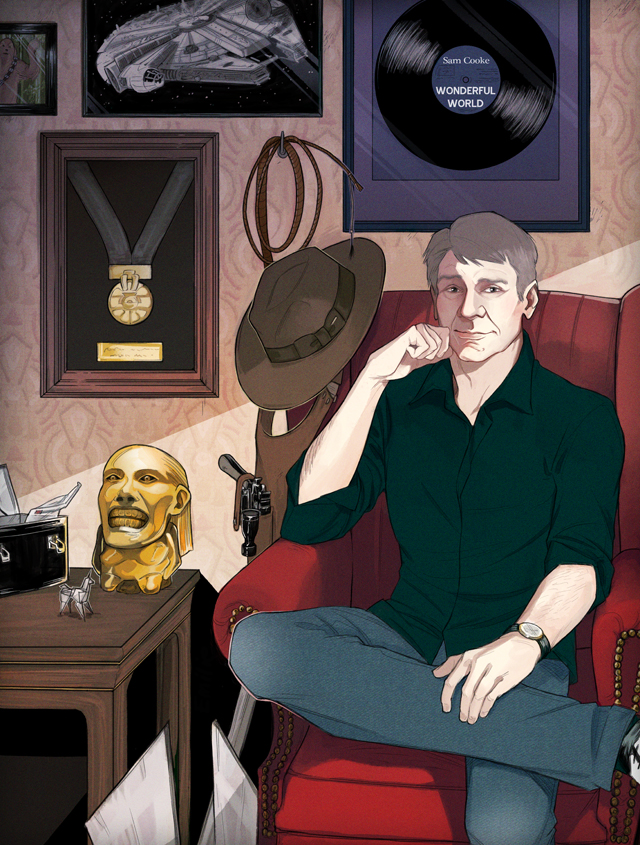
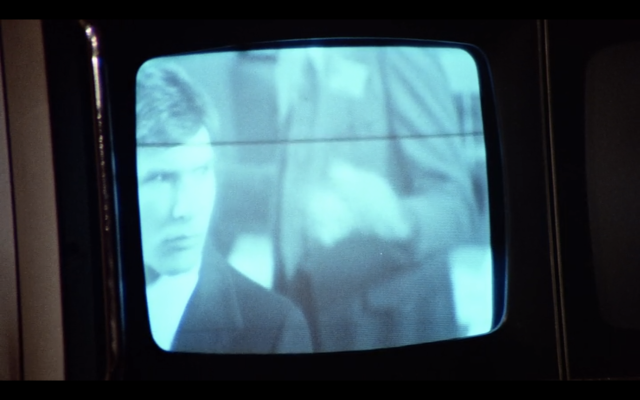
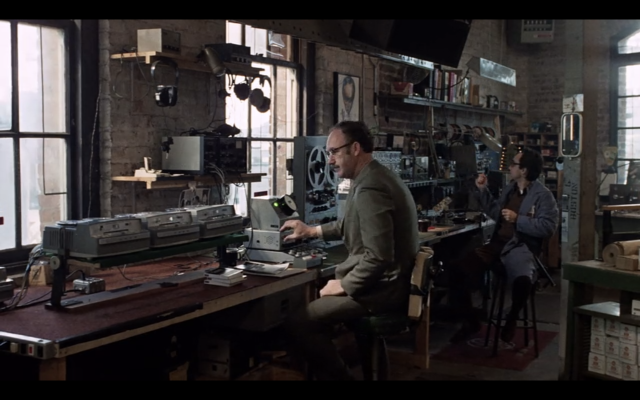
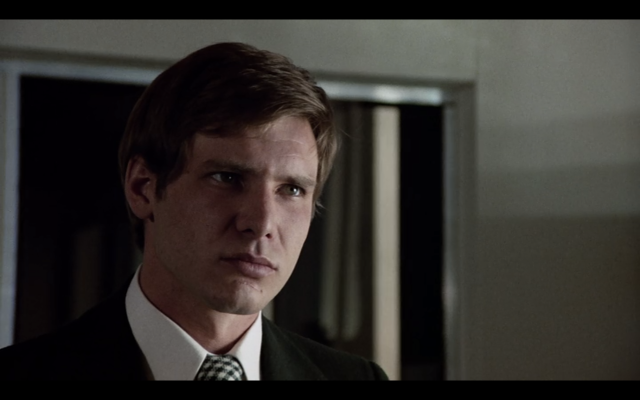


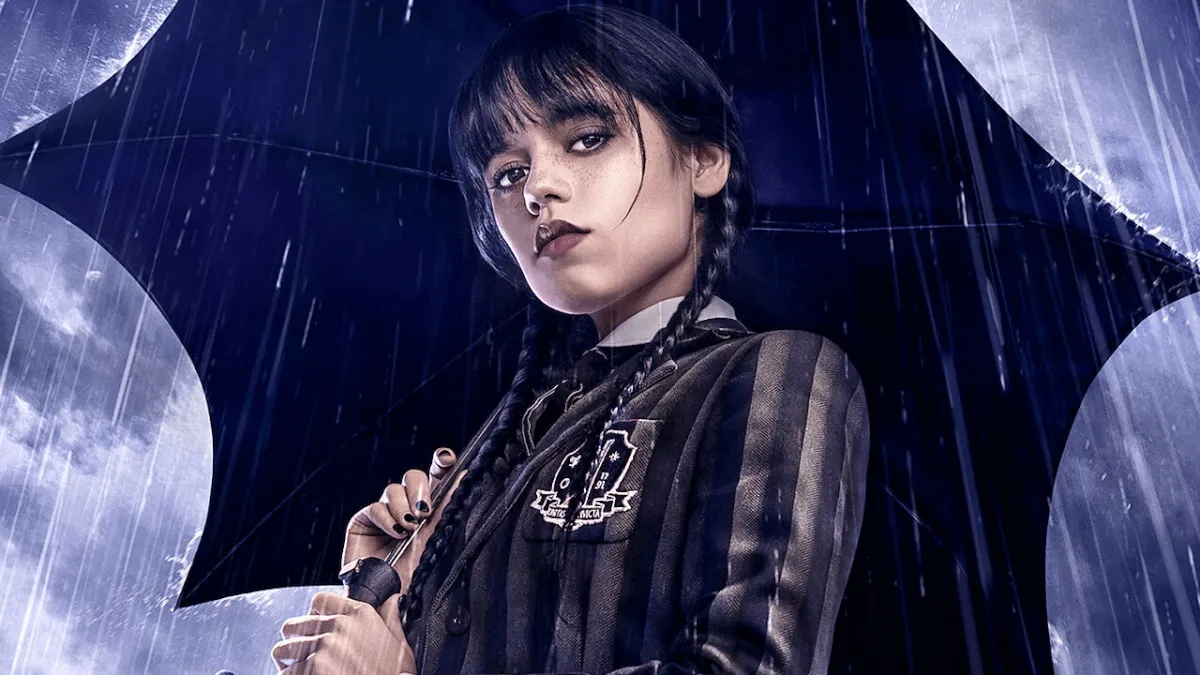


Published: Oct 12, 2015 02:42 pm